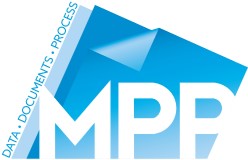“Our business expenses have reduced by £100,000 per year as a result of working with MPP”
THE DAILY CHALLENGES FACED BY COMPANIES Do you find that poor printing infrastructure creates daily challenges for your business including substantial costs, lack of document security, potential GDPR risks and...
